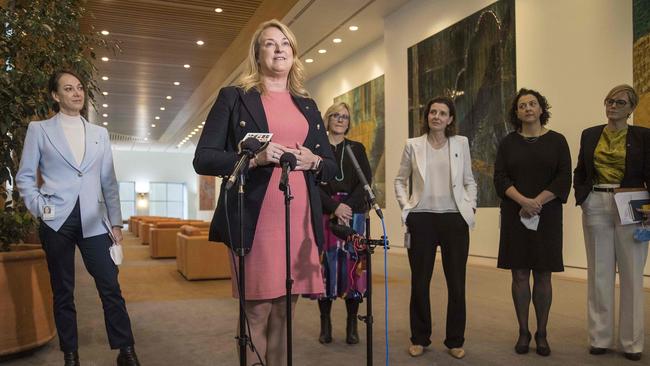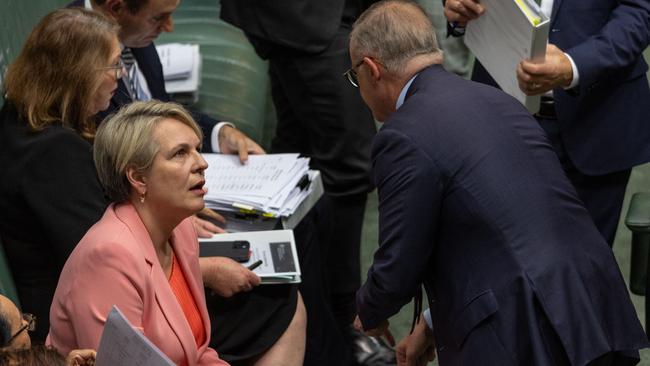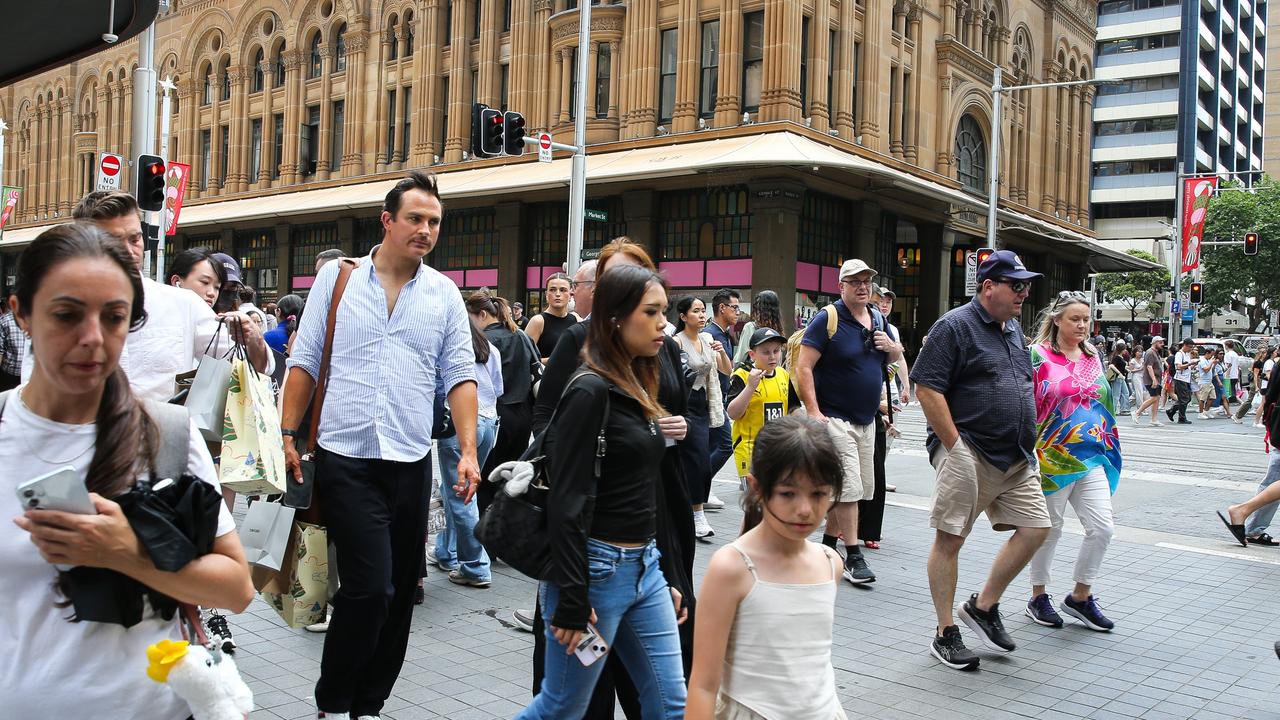Sexism fight continues in Parliament House a year into majority-female Albanese government
It’s been one year since Australians voted for a majority-female government, but underneath the surface sexism and misogyny still lingers.

At Work
Don't miss out on the headlines from At Work. Followed categories will be added to My News.
Women are still being subjected to sexism on the floor of Parliament House despite mammoth efforts in recent years to change the culture, and a higher rate of female representation than ever before.
This weekend marks one year since Australians voted for a majority-female government, and on the surface the House of Representatives with its 58 women – the highest ever proportion of women in the chamber at 38 per cent – has become a beacon of progress.
But underneath – and often unheard by those not on the floor – male members are still shouting at their female colleagues, using phrases like “you don’t know what an angry man looks like”.
Sexism in Parliament House, highlighted by the first – and only – female prime minister Julia Gillard in her famous “misogyny” speech in 2012, reached a boiling point at the March 4 Justice rally on the lawn outside the revered institution in 2021.
Spearheaded by women who had worked inside Parliament House and been on the receiving end of sexual abuse, harassment and discrimination, the protests sparked a domino effect of inquiries and reviews.
Parliamentarians on all sides say that catalyst prompted real change – culminating in the election of more female MPs and senators in last year’s federal election than ever before – but concede total reform could not happen overnight.

Independent MP Kylea Tink – one of the “teals” who beat out Liberals in inner-city seats on May 21 last year – said while she believed change was happening, sexism was still rampant in the House.
“Cultural change is one of the hardest things you will ever bring about in any environment, and this place has been operating for over 130 years, so change won’t happen overnight – but change is definitely happening in this building,” she said.
“It would be amazing to think that your sex shouldn’t matter in this place, it should be irrelevant.
“But we have still had instances in this house where male members have stood and yelled at female members (on the crossbench) as we’ve walked away to place votes. Phrases like ‘you don’t know what an angry man looks like’.
“Those things have to stop.”
Ms Tink said she believed the only way such sentiment – and action – would stop was by a total balancing out of female representation.

Environment Minister Tanya Plibersek, one of the longest-serving women in parliament, said the federal Labor Party had worked tirelessly and gone on a “journey of cultural change” to get its party room to 52 per cent women.
“We (women) have gone from being about a quarter of the parliament when I was elected (in 1998) to now 52 per cent of our members and senators are women,” she said.
“It’s a completely different environment … It’s just unremarkable now for women to be dealing with women.”
She said it was a “weakness” that the Liberals and Nationals were still so far off achieving equal representation.
Female representation in the Liberal Party went backwards at last year’s election, with women now holding just nine seats in the party – down from 13 in the last parliament and well below the party’s record high of 17 in the House between 1996-98.

Having been a parliamentarian for more than 20 years, deputy Liberal leader Sussan Ley said “getting our act together” had been a cross-parliamentary process over recent years, but she conceded her party had a ways to go.
“We’ve gone on a real journey of getting our act together in the last three years, and I’m pleased we have … in a way without pointing fingers across the chamber,” she said.
But given female representation is falling far behind that of their opponents, she said the party was acutely aware it needed to work harder “than ever” to attract women first to the party and then to the parliament.
“But I do see that we’ve come a long way, especially in the last 12 months,” she said.
“I always say there’s more work to do – and I probably will always say that, even when our numbers improve … But I know the attraction the Liberal Party can hold (for women) is well and truly alive.”
Originally published as Sexism fight continues in Parliament House a year into majority-female Albanese government

